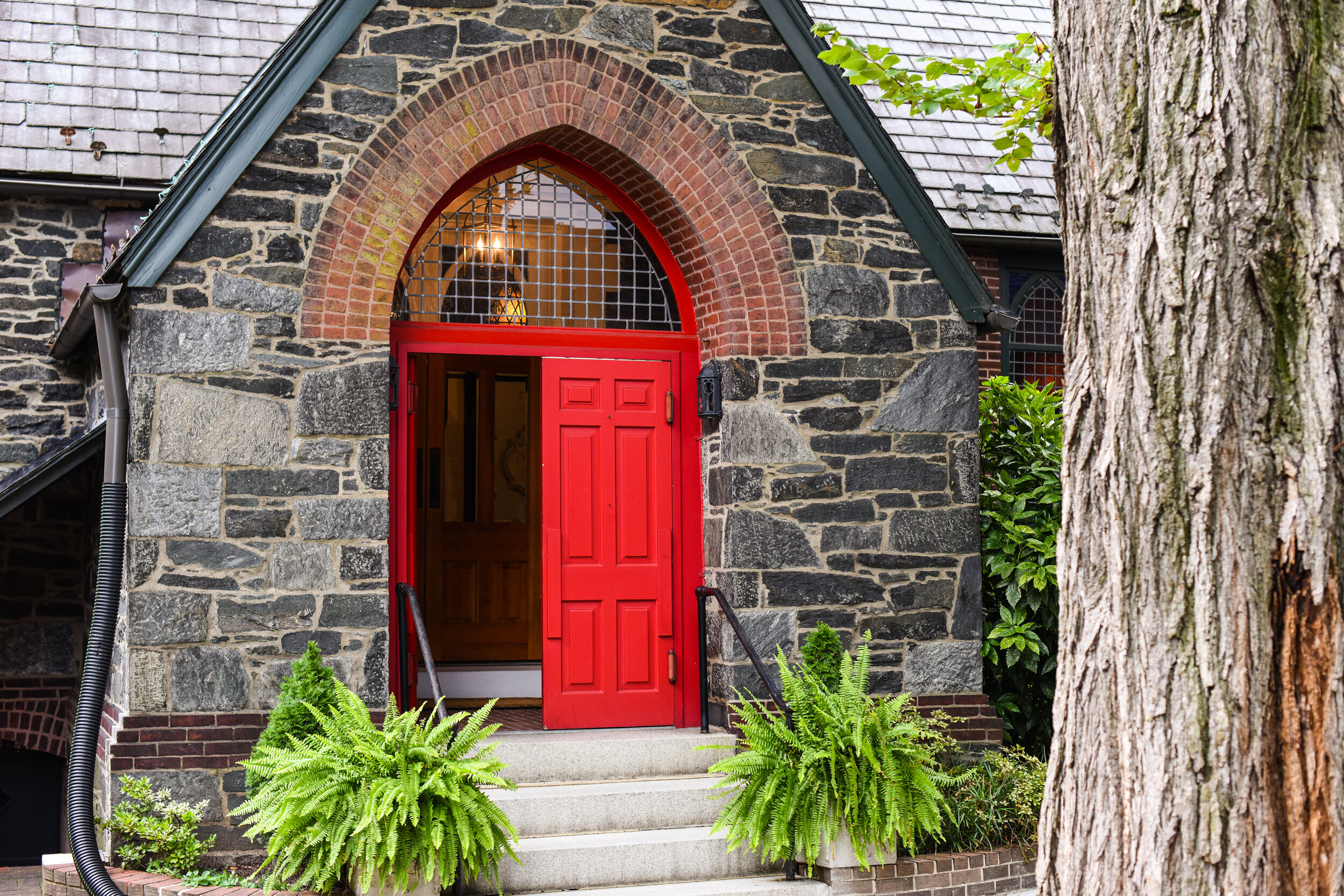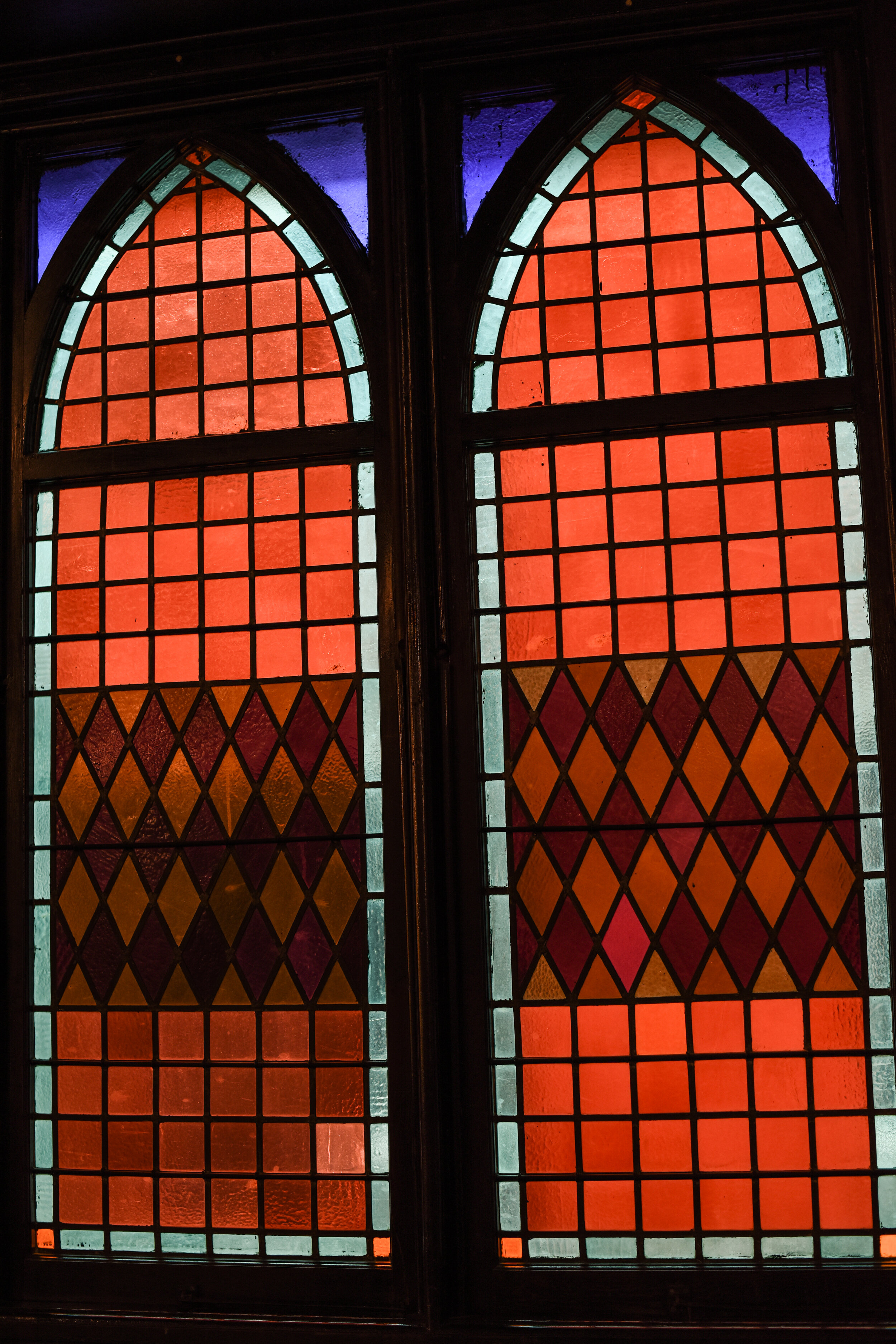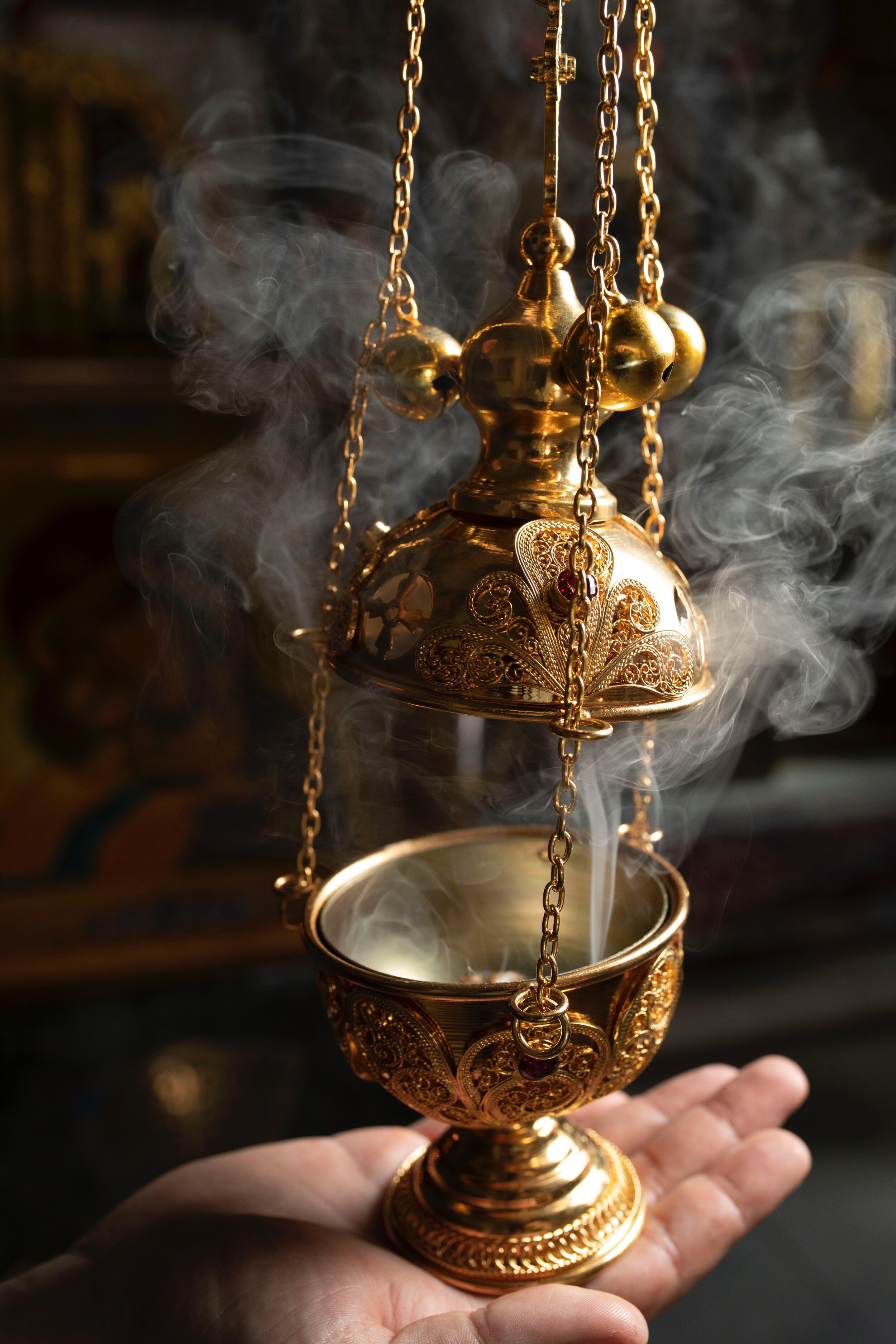
Frequently Asked Questions
Visiting SMSJ
Can I take public transit to church?
Yes! We are located at 222 8th St. NE, and there are a variety of transit options open to you. Our closest bus stops are for the 90 and 92 (8th St. & Constitution Ave), the D6 (C St. & 8th St.), and the 96 (8th St. & Mass Ave).
We are a short walk from multiple metro stations, including Eastern Market (Orange, Blue, Silver—14 min), Union Station (Red—18 min), and Capitol South (Orange, Blue, Silver—20 min).
Where do I park?
There is limited on-street parking available. Make sure to allow time to find a parking space before services.
What should I wear to church?
There is no “dress code” or need for fancy attire. Some people wear business casual, while others are more comfortable in blue jeans and a t-shirt. You are welcome to wear what you feel is appropriate.
What does Anglo-Catholic mean?
While using the same Book of Common Prayer in our worship, some Episcopal Churches may look more Protestant on Sunday, with less ceremonial worship, while others incorporate more Catholic ritual. SMSJ is very much the latter.
Anglo-Catholicism began in the 19th century as a movement in both the Anglican and Episcopal Churches to recover more of our Catholic legacy. We take to heart the words of the Psalm, “Worship the Lord in the beauty of holiness.” And that worship involves our bodies and our senses. We stand, kneel and sit during the service. And we use incense, which has been used in Jewish and Christian worship for millennia. We use it symbolically to signify our prayers rising up with the smoke to God’s presence.
Are LGBTQ people welcome?
The Episcopal Church welcomes all people. Our sign on the street says “The Episcopal Church welcomes you” -- and we mean it. We believe God created all of us out of love. We are all God's creation and therefore loved. God calls us to love one another and to love God as God loves us. We welcome LGBTQ people as people who are created in God’s image, and are called to be full members of Christ’s body—the Church.
How can I become more involved at SMSJ?
If this is your first time at the Parish of St. Monica and St. James, please sign our visitors book or fill out a visitors card so we can keep you informed about church activities. Regular attendance at Sunday worship and the coffee hour following is a good way to become familiar with new faces and allow members to become familiar with yours. Several times a year, we hold a Newcomer’s Class where you can meet in a small group with the Rector to learn more about life at St. Monica and St. James.
Volunteering to serve at mass, helping out in the parish office, setting up or cleaning up after the coffee hour, singing in the choir or participating in adult education classes are other good ways to become more fully part of the community. If you’d like a call from one of our priests personally, simply indicate that on your visitor’s card or by going to the "contact" page on this website. Either of our priests will be delighted to speak with you!

About SMSJ
Who are St. Monica and St. James?
St. Monica and St. James are our patron saints. We celebrate St. Monica’s feast day on May 4 and St. James's feast day on July 25.
St. Monica of Hippo is best known as the mother of Augustine. She was born in the North African city of Tagaste. Growing increasingly concerned about Augustine, she sent him to the bishop to be convinced of his errors. When the bishop was unable to prevail, he advised Monica to continue to pray. Augustine received grace at the age of 28 and became one of the great theologians of the church.
St. James the Greater wrote the book of James and was the first apostle to be martyred as a Christian. James and his brother John, the sons of Zebedee, were mending their nets when Jesus called them to follow Him. James was one of Jesus’s closest disciples, bearing witness to Christ’s Transfiguration and agony in the Garden of Gethsemane with Peter and John.
What does it mean to be Anglo-Catholic in the Episcopal Church?
One of the great strengths of the Episcopal Church is its ability to embrace a diversity of ways in which to worship God. Our own community's style of worship is a result of the Oxford movement in the 19th century, which sought to restore to worship meaningful ancient Christian rites that were abolished during the 16th and 17th century Protestant reforms in the Church of England. Anglo-Catholicism calls for a return to the doctrinal traditions and practices of the early church.
What is your role in the Capitol Hill community?
St. Monica and St. James plays an important role in the local community. It is a place where tradition in our worship prepares us for life in a very dynamic society. It is a place where people forge new friendships, enjoy a sense of family, and find unique opportunities for service in this community of faith.
Why are you sometimes called Episcopalians and sometimes called Anglicans?
Because the Episcopal Church is part of the Anglican Communion. The Anglican Communion is the gathering of Anglican and Episcopal churches from around the world. Today, the Anglican Communion comprises more than 80 million members in 44 regional and national member churches in more than 160 countries. The Episcopal church is part of the Anglican Communion, and is comprised of 109 dioceses in 16 nations. At the head of the Anglican Communion is the Archbishop of Canterbury, Justin Welby. He is our spiritual leader and is often referred to as “First among equals” when he interacts with the bishops of the Anglican Communion around the world.
How old is the church building?
The original building was built in 1880 (on land purchased and donated by the then-Librarian of the U.S. Senate) and consisted in what is now the nave. The current sanctuary (the space behind the communion rail) was completed a year or two later. The Great Hall came next, followed by the space for the current nursery and the kitchen below.
We have recently restored and renovated our church building. For pictures of the renovation, click here. To learn more about our history, visit this page.

Worship at SMSJ
What about the Word (aka what is your preaching like)?
Sermons at St. Monica and St. James are most often liturgical, seeking to relate the Holy Scripture and our worship to the daily lives of our people. The Word preached is the effort of our clergy to expand our understanding of God’s love and purpose for our lives.
How do I go about becoming baptized or having my children baptized?
You can simply talk with one of our priests – who will be very pleased to see you!
Is that music coming from a parish choir?
Yes, the choir is made up of parish members. Music is a crucial part of our worship at St. Monica and St. James. The choir sings a wide range of repertoire from Gregorian chant to contemporary pieces. The service music and hymnody represent a breadth of music tradition. There is always room in the choir for more voices!
May I take communion?
If you are a baptized Christian, you are welcome to receive the Holy Communion with us. You need not be a parishioner or a confirmed Episcopalian.
What is that delightful fragrance in this church?
It’s liturgical incense. In less sanitary and hygienic times, the Early church, believing that the smoke could purify objects and people who were censed with it, started using incense during the Holy Eucharist. Today, we use it symbolically to signify our prayers rising in our sight, in God’s presence.
Incense is a good example of our Anglo-Catholic approach to worship: engaging our whole self and all our senses. Sight, sound, motion, smell, taste, and touch – all of these things assist us in worshiping God.